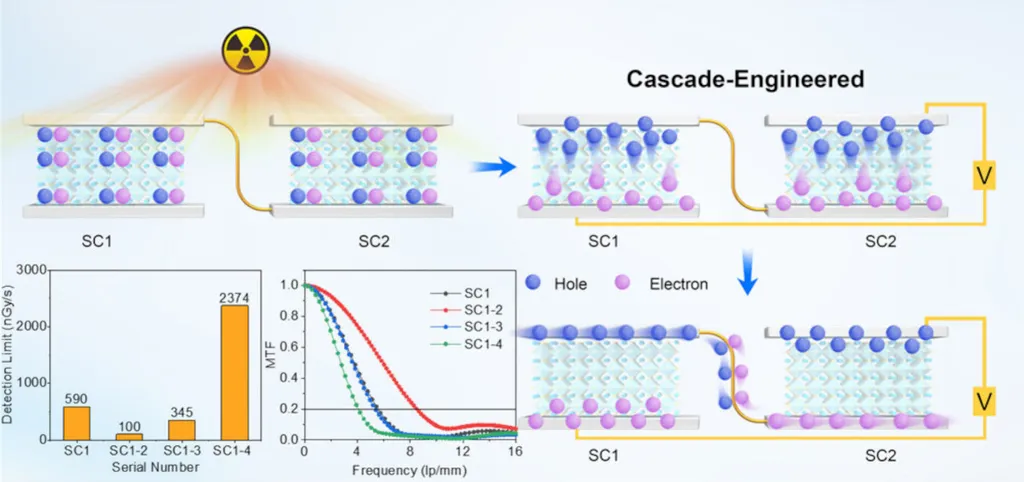In the realm of radiation detection, a new contender is emerging, promising to shake up industries from energy to healthcare. Metal halide perovskites (MHPs), a class of materials that have already made waves in solar cells and LEDs, are now being explored for their potential in gamma-ray spectrum detection. This cutting-edge research, led by Zhongyi Lin from Zhejiang University’s State Key Laboratory of Silicon and Advanced Semiconductor Materials, is paving the way for more efficient and cost-effective radiation detection technologies.
Gamma-ray spectrum detection is a critical tool in various fields, from homeland security to medical imaging, and industrial inspections. However, current detectors often rely on expensive, bulky, and energy-intensive materials. Enter MHPs, which offer a compelling alternative. “MHPs have high mobility–lifetime products, tunable bandgaps, and high radiation attenuation coefficients,” explains Lin. “These properties make them ideal candidates for gamma-ray spectrum detection.”
The research, published in the journal *Information & Functional Materials* (translated as *Information and Functional Materials*), highlights the progress made in synthesizing high-quality MHP crystals and understanding their structural and defect properties. This is no small feat, as gamma-ray spectrum detection demands precise crystal growth with minimal defects and efficient charge collection.
The potential commercial impacts of this research are substantial. In the energy sector, for instance, improved gamma-ray detectors could enhance nuclear power plant safety and efficiency. They could also revolutionize oil and gas exploration by providing more accurate subsurface imaging. Moreover, the healthcare industry could benefit from more precise and affordable medical imaging technologies.
However, challenges remain. As Lin notes, “Further development in advanced MHP crystal growth techniques and defect engineering is needed.” Addressing these challenges will be key to unlocking the full potential of MHPs in gamma-ray spectrum detection.
As we look to the future, the research led by Lin and his team offers a glimpse into a world where radiation detection is more efficient, affordable, and accessible. It’s a testament to the power of innovative materials science and its potential to transform industries and improve lives. The journey is just beginning, but the destination looks promising.

